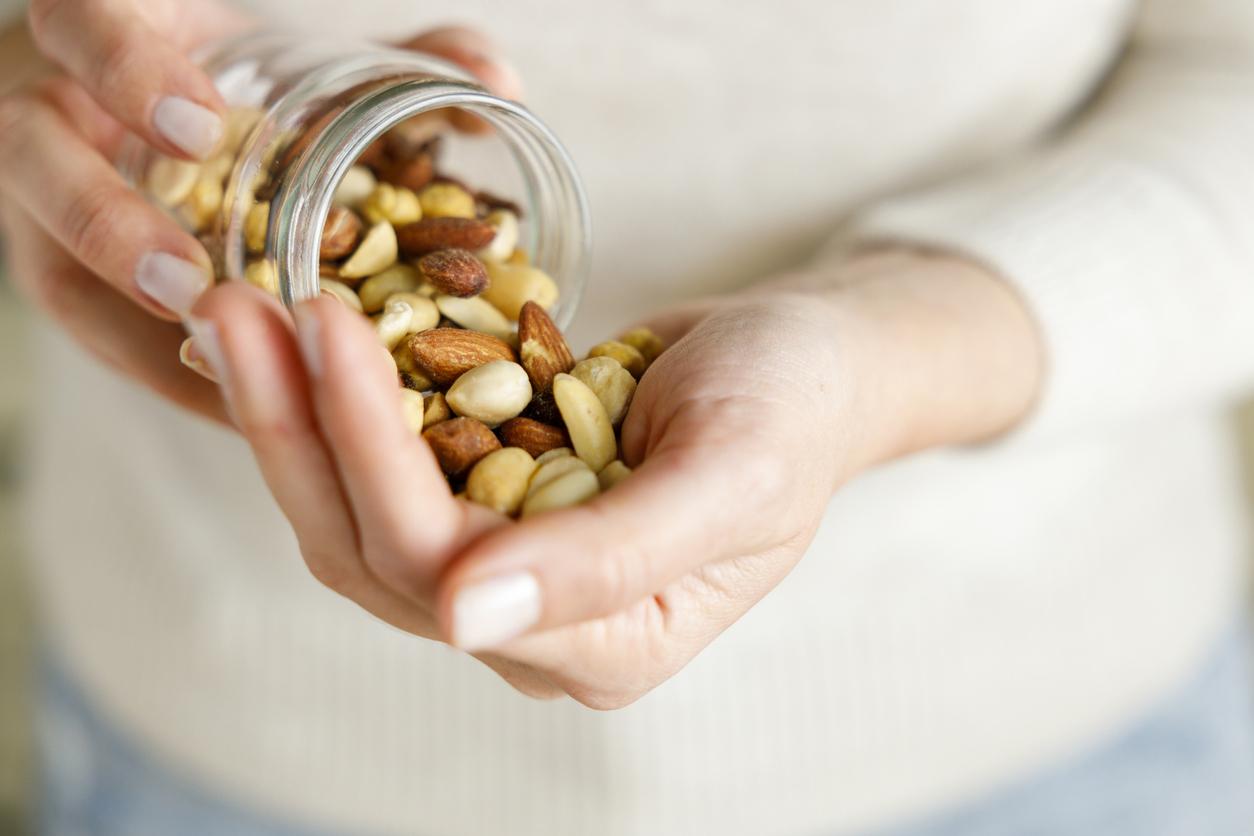Researchers have managed to understand the mechanisms at play that lead to headaches after alcohol abuse.

- Around 283 million people worldwide suffer from alcohol abuse disorder.
- Researchers have discovered that the culprit behind withdrawal headaches is a stress hormone called corticotropin-releasing factor (CRF). These activate the mast cells present in the dura mater.
- CRF binds to a specific mast cell receptor, called MrgprB2. Through a domino effect, this triggers pain signals responsible for headaches.
After a night of drinking too much, we most often wake up with a severe headache. And many people think that we must treat evil with evil, and have another drink to relieve. And indeed, this phenomenon has been observed by scientists. “People know that after drinking, alcohol will actually reduce the headache”explain Pr Yu Shin Kim, a neuroscience researcher at the University of Texas Health Science Center at San Antonio. “It becomes a vicious circle. This is how they develop an alcohol addiction“, he laments in a communicated.
The researcher therefore wanted to better understand the origin of this link between alcohol and headaches.
Alcohol: a stress hormone released during withdrawal
With his team, the Texan scientist managed to reveal the mechanisms responsible for ailments headaches linked to alcohol abuse. A stress hormone, called corticotropin-releasing factor (FIU), activates mast cell immune cells in the dura mater. This is the fibrous membrane that lines the interior cavity of the skull. Additionally, the hormone released binds to a specific receptor on mast cells, called MrgprB2.
“After alcohol withdrawal, the stress hormone FIU is released from the hypothalamus, a region of the brain that controls many functions”specifies Pr Kim. “THE FIU travels through peripheral blood vessels to the dura mater, where it is released from the vessels and binds to MrgprB2. This signals mast cells to release and secrete chemical messengers that induce functions such as blood vessel dilation.“
The expert continues: “This also activates peripheral nerve fibers that extend from the trigeminal ganglion neurons, which are sensory neurons. This is how these neurons become sensitized and a person gets alcohol withdrawal headaches.“
This process sends pain signals, causing headaches. These are stopped when alcohol is consumed again.

Corticotropin releasing factor: towards a treatment facilitating withdrawal?
Highlighting the mechanisms underlying headaches linked to alcohol abuse, presented in the journal cell, is particularly promising according to the researchers. For them, this discovery could help the development of new treatments interfering with the binding between CRF and the MrgprB2 receptor to reduce pain signals during alcohol withdrawal, and thus avoid relapses.
They add that their work could also benefit other studies on disorders linked to the consumption of different addictive substances and detoxification.
Alcoholism is a major public health problem worldwide. Around 283 million people suffer from this disorder, which can lead to numerous physical and mental health problems (cancer, cirrhosis, cognitive disorders, alcoholic polyneuritis, etc.).















